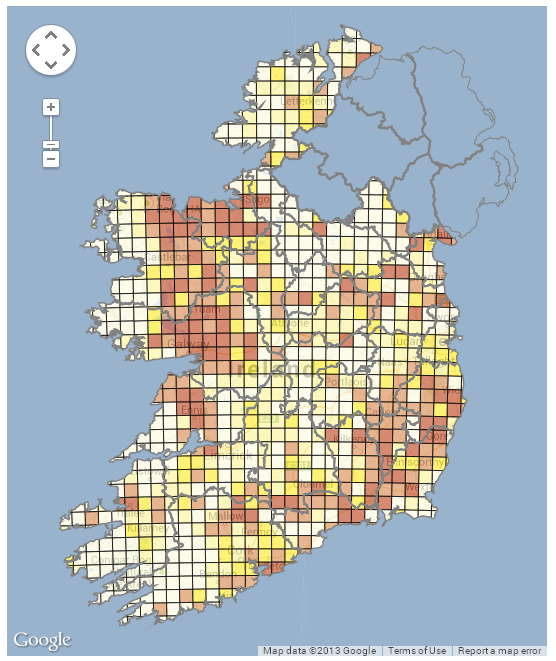Radon is a radioactive gas which is naturally produced in the ground from the uranium present in small quantities in all rocks and soils. You cannot smell, see or taste radon. Radon can only be measured with special detectors.
Radon is a radioactive gas which produces tiny radioactive particles. When inhaled, these particles are deposited in the airways and on lung tissue, giving a radiation dose that can cause lung cancer. Your risk of contracting lung cancer from exposure to radon depends on how much radon you have been exposed to and for how long. When you are exposed for a long period of time to high levels of radon, you increase your risk of developing lung cancer. Radon is in the same group of carcinogens as asbestos and tobacco smoke. There is no scientific evidence linking radon with any other types of respiratory illnesses or other cancers.
The only way to know if radon is a problem in your home is by having a radon test carried out. Radon levels can vary a lot between buildings so, even if your neighbours have measured radon in their home, you should also have your home tested. Outdoors, radon is not a problem.
A High Radon Area is any area where it is predicted that 10% or more of homes will exceed the Reference Level of 200 Bq/m3. Any area that is coloured light or dark brown on the map is a High Radon Area. Please note: A high radon level can be found in any home in any part of the country, but these homes are more likely to be located in High Radon Areas.

Comments are closed.